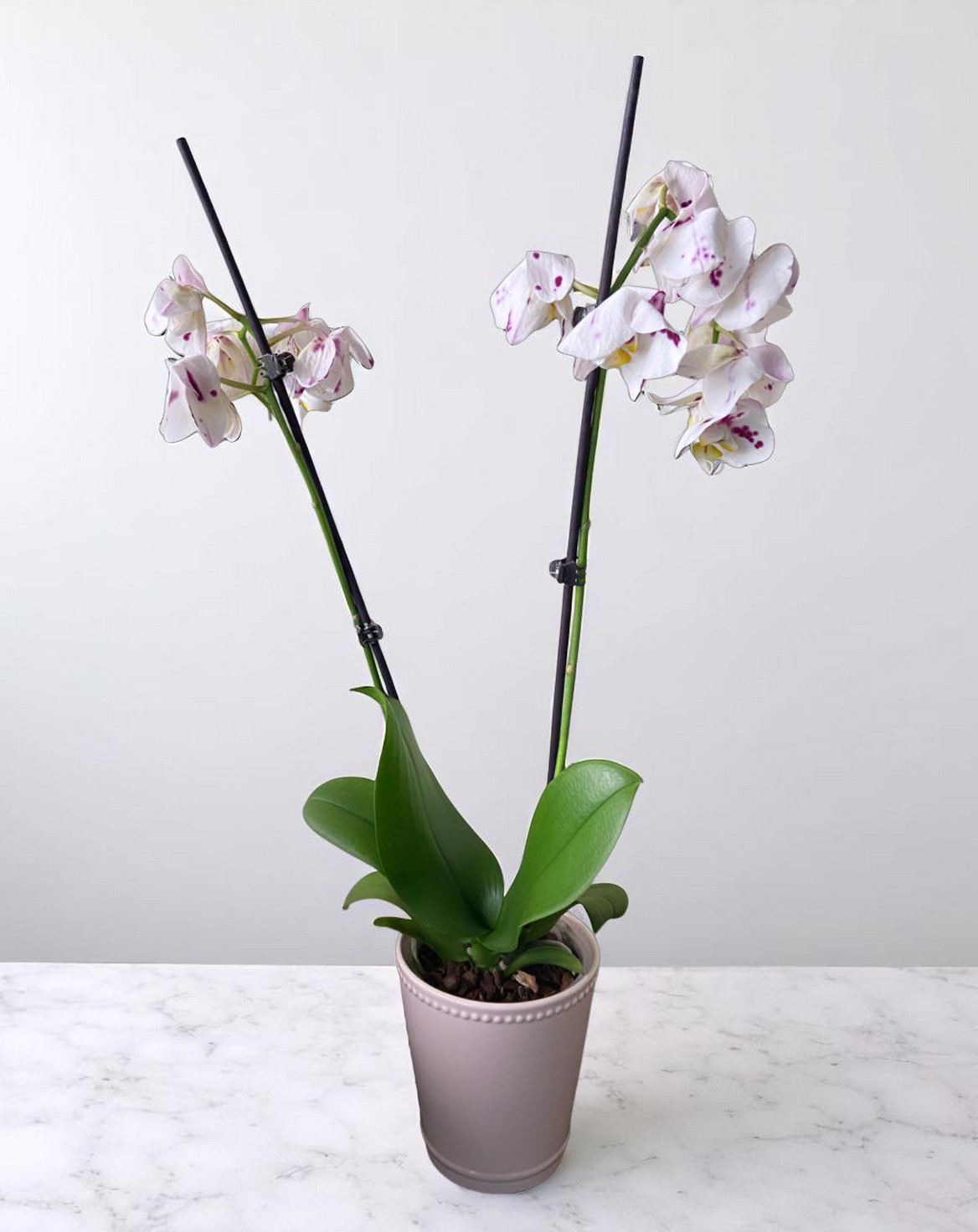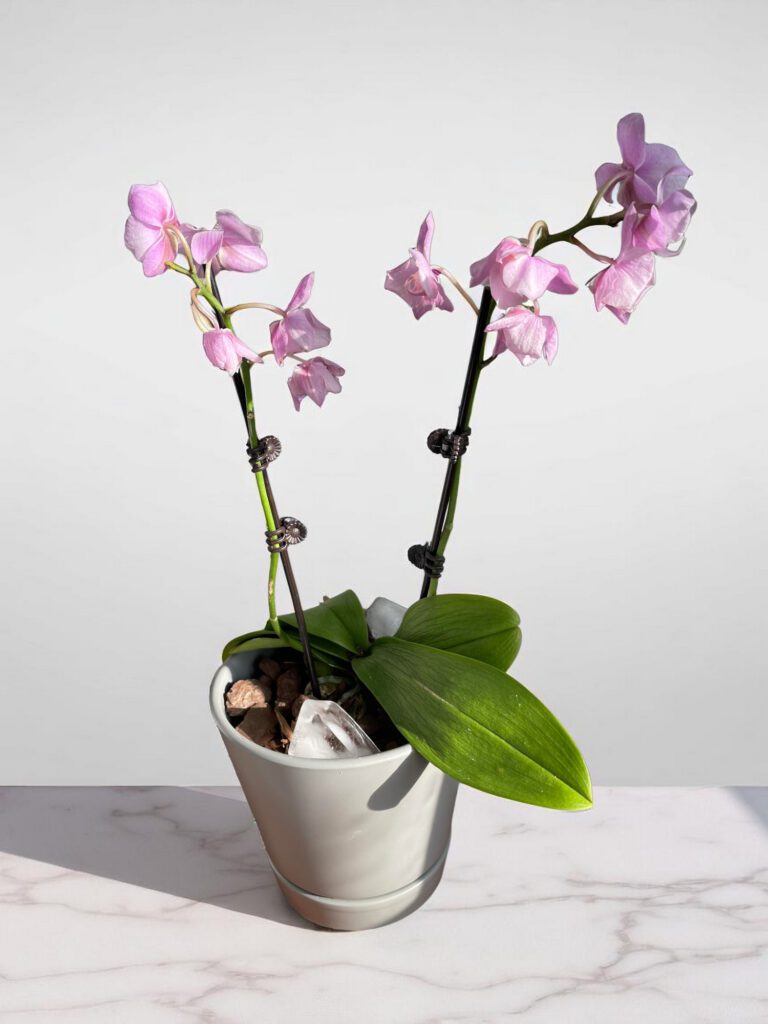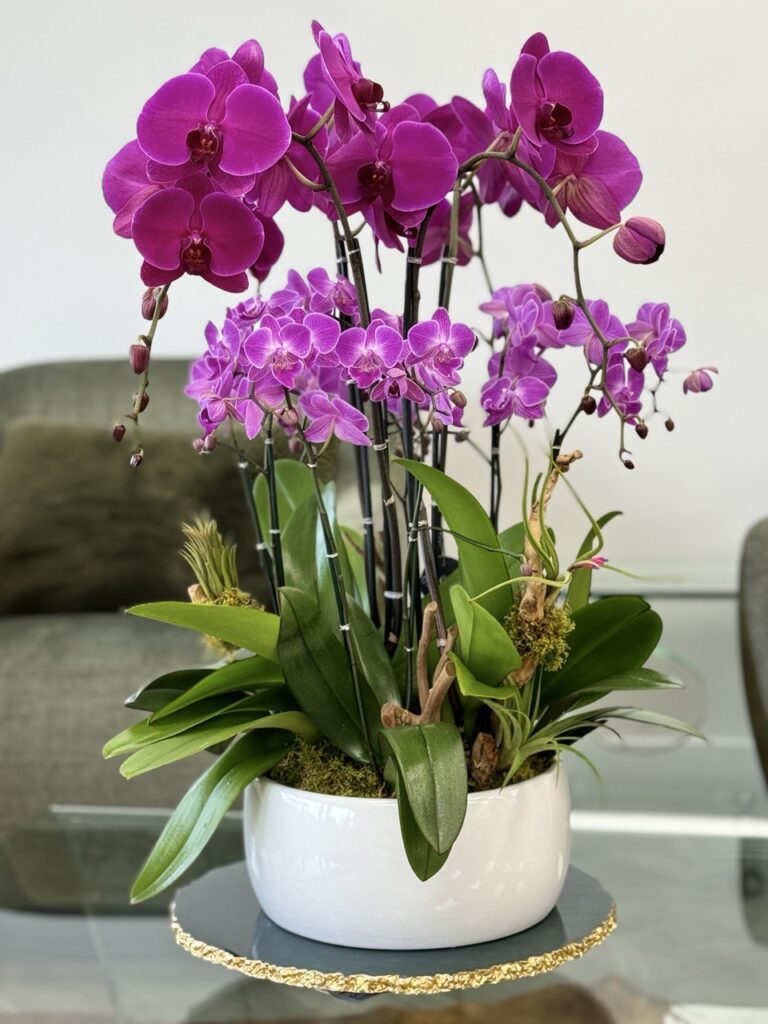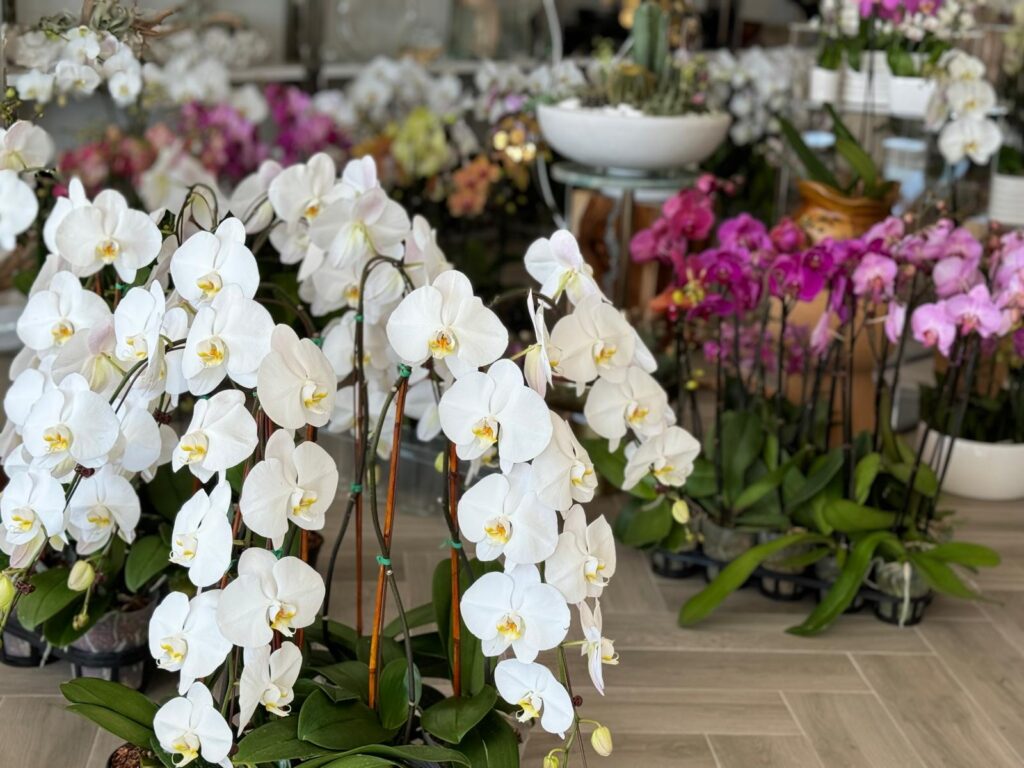
The blooming cycle of orchids is a fascinating process that reflects the unique life patterns of these exceptional plants. Orchids, part of the diverse family Orchidaceae, often exhibit a distinct blooming cycle that can vary significantly across species. Understanding this cycle is vital for orchid enthusiasts and cultivators, as it helps distinguish between normal and concerning signs in orchid care. Typically, the orchid blooming cycle is characterized by several stages: initiation, growth, and full bloom, followed by a resting phase.
During the initiation phase, environmental factors such as light, temperature, and humidity play crucial roles in signaling the plant that it’s time to prepare for blooming. The growth phase follows, where the orchid develops flower spikes, signaling that blooming is imminent. As the plants reach the peak of their growth cycle, flowers emerge in varying displays of color and shape, captivating many with their beauty. Understanding these specific stages is essential, as it reflects the plant’s natural rhythm and vitality.
Why Do Orchid Blooms Close?
Orchid blooms are renowned for their beauty and intricacy; however, they eventually reach the end of their blooming cycle. One of the natural biological processes that occur during this phase is the closing of the blooms. This phenomenon can be attributed to several factors, including the plant’s energy conservation strategies and environmental influences.
As an orchid flower matures, it utilizes metabolic energy to sustain its blooms, ensuring the transport of nutrients required for growth. Once the blooming period concludes, the orchid enters a phase where it conserves energy for future growth and blooming cycles. During this time, the bloom may close as it begins to utilize its resources for other essential functions, such as root and leaf development. This process is a crucial aspect of the orchid’s life cycle, indicating that the plant is reallocating its energy to enhance future flowering potential.

Moreover, environmental factors also play a significant role in the closing of orchid blooms. Orchids are sensitive to changes in their surroundings, including temperature fluctuations, humidity levels, and light exposure. In some instances, an abrupt change in these environmental conditions may encourage the blooms to close prematurely as a protective mechanism. For instance, if the temperature drops drastically or humidity levels plummet, the orchid may sense an unfavorable environment and respond by closing its blooms to preserve its resources.
Understanding these biological and environmental influences helps orchid enthusiasts grasp the natural processes that govern the life of their plants. Proper care, including monitoring environmental conditions and ensuring optimal growing conditions, can support a healthy blooming cycle, allowing for the successful re-blooming of orchids in subsequent seasons.
Is Orchid Bloom Loss Normal?
Orchid bloom loss is a common occurrence experienced by many orchid enthusiasts. Understanding whether this phenomenon is normal is crucial for anyone who cultivates these captivating plants. Generally, orchid bloom loss is part of these plants’ natural lifecycle. Most orchids will naturally shed their flowers after a blooming period, which can vary significantly depending on the species and the care provided.
During this time, orchids enter a resting phase, focusing their energy on developing new leaves and roots rather than producing additional blooms. Recognizing that these plants are programmed to alternate between periods of growth and dormancy is essential. This adaptive strategy allows orchids to conserve resources and strengthen their overall health, ultimately leading to more vigorous blooms in subsequent cycles.

It is important to differentiate between normal bloom loss and potential issues within the plant. For example, a healthy orchid may drop flowers after a few weeks of blooming, showing signs of vigor through new foliage growth. In contrast, if an orchid loses its blooms prematurely or displays yellowing leaves or wrinkled pseudobulbs, these can be indicators of environmental stress, such as improper watering or inadequate light.
Caring for orchids during their resting phase is crucial. Provide a stable environment by ensuring appropriate moisture levels and adequate light, depending on the species. Avoid over-fertilization, as this can lead to additional stress. Regularly monitor your plant for any signs of distress and adjust care routines accordingly. An understanding of orchid lifecycle phases will not only reassure you about the natural process of bloom loss but also equip you with the knowledge to foster your plant’s continued growth and vigor.
Identifying Health Issues in Orchids
Orchids are cherished for their unique beauty and elegance, yet they can be susceptible to various health issues that may lead to bloom loss. Recognizing these potential problems early is crucial for maintaining the health of your orchids and ensuring they thrive. One common symptom that indicates poor health is the yellowing of leaves. This can signal several underlying issues, including insufficient light, overwatering, or nutrient deficiencies. In these cases, it is essential to evaluate the orchid’s environment and care regimen.
Another prevalent issue is root rot, often resulting from excessive moisture or poor drainage. When roots begin to decay, they fail to supply the necessary support and nutrients to the plant, leading to further deterioration. Signs of root rot typically include wilting or drooping leaves and mushy, darkened root systems when visible. To remedy this situation, it is advised to gently remove the orchid from its pot, trim away the affected roots, and repot it in a well-draining medium.

Pest infestations can also pose a significant threat to the health of orchids. Common pests such as aphids, mealybugs, and spider mites can damage leaves and blooms, inhibiting the plant’s growth. Identifying these pests often involves looking for unusual spots, webbing, or fuzzy deposits on the plant. To combat infestations, employing a solution of soapy water or commercially available insecticides can be effective. Additionally, maintaining a clean growing environment reduces the likelihood of pest problems.
Regularly monitoring your orchid for these signs of distress and acting promptly can prevent more severe health issues. By ensuring optimal growing conditions and implementing preventive measures, orchid enthusiasts can enjoy vibrant blossoms and a healthy plant. Understanding these common health concerns is vital for addressing bloom loss effectively.